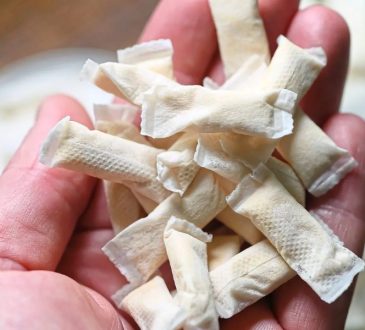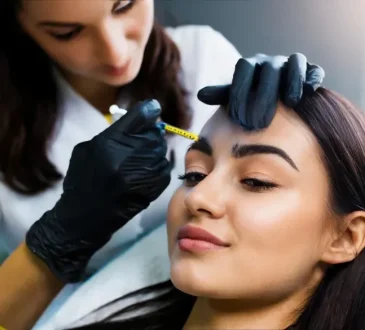
Is there a way to bring back natural-looking hair without the drawbacks of traditional procedures? Advances in hair restoration have made this possible. Refined techniques now allow for a minimally invasive process that delivers results that look and feel real. With better tools, more precision, and improved healing, these modern methods are changing how thinning or lost hair is treated.
The Shift from Traditional to Modern Approaches
Hair restoration in the past often relied on methods that required the surgical removal of a strip of scalp. For example, techniques used before the development of smartgraft hair restoration involved cutting a linear section of skin from the back of the head. While effective in moving hair to thinning areas, these procedures often caused visible scars and long recovery times.
The results sometimes looked unnatural, with mismatched growth patterns. The introduction of advanced follicle extraction marked a major improvement in hair transplants. Instead of removing a strip of scalp, individual follicles are taken from donor areas and re-implanted. This results in less scarring, quicker healing, and more natural-looking outcomes.
Benefits of Modern Follicle Extraction Techniques
What makes the latest techniques stand out is their emphasis on precision and preservation. Specialized tools carefully extract hair follicles one at a time, reducing scalp trauma and improving the chances of successful implantation. Since the process avoids large incisions, there’s no need for stitches or staples.
This leads to a more comfortable experience and a quicker recovery. Most people resume normal activities within a few days. Another key benefit is how the follicles are stored. Advanced systems keep them in a controlled environment until they’re implanted, which improves graft survival and supports healthier, fuller results.
Achieving a Natural Appearance
One of the most valued outcomes of modern hair restoration is how real the final results look. Each follicle can be placed in a way that mirrors the natural angle, density, and direction of existing hair. This means the new hair grows in a pattern that blends seamlessly with what remains.
Initial growth begins a few months after the procedure, with full results appearing over the next year or so. Because the transplanted follicles are often taken from areas of the scalp that are not affected by female or male pattern baldness, they continue to grow long-term. This provides a stable and lasting solution.
Suitability for Different Hair Loss Patterns
Not everyone experiences the same type or level of hair loss, and not every solution fits all. Modern procedures are best suited for individuals who still have healthy hair growth in donor areas, typically on the sides or back of the scalp. These regions tend to be more resistant to thinning and offer reliable follicles for transfer. The condition of the scalp, the texture of the hair, and the pattern of loss all influence whether someone is a good candidate. A consultation with a specialist can help determine the most suitable treatment path based on these factors.
Modern hair restoration techniques have significantly raised the standard for treating hair loss. These techniques offer a safer, more precise, and more natural-looking solution than older methods. With advancements in follicle extraction, improved handling of grafts, and technology-driven tools, such as those used in smartgraft hair restoration, these procedures deliver results that are both subtle and lasting. By combining medical expertise with innovation, these methods provide a dependable path to restoring hair in a way that looks authentic and feels completely natural. It gives individuals the confidence that comes with a fuller, healthier appearance.




